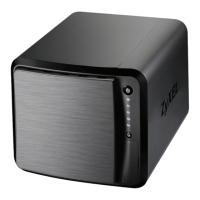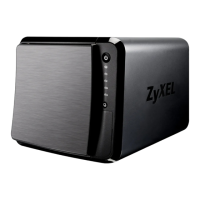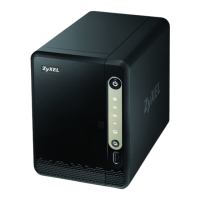How to fix if the NAS PWR LED does not turn on for ZyXEL Communications NAS520?
- DDavid EvansSep 2, 2025
If the PWR LED on your ZyXEL Communications Storage does not turn on, first ensure that the NAS is turned on. Verify that you are using the power adapter or cord included with the NAS, and that it is properly connected to both the NAS and a working power source. Finally, try turning the NAS off and then on again.







